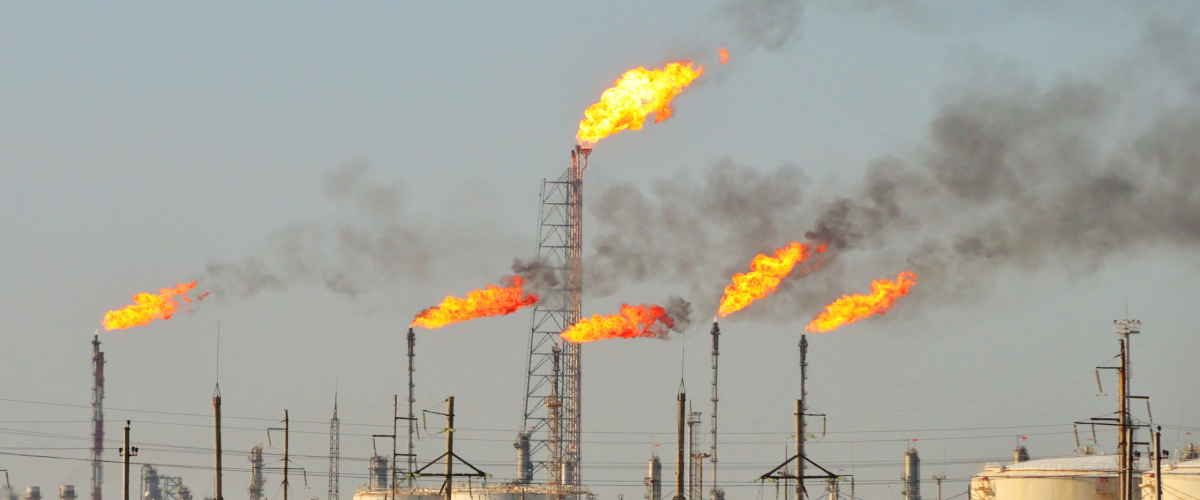Remote sensing and monitoring technologies play a crucial role in the oil and gas industry, providing real-time insights into equipment performance, safety, and environmental conditions.
Here are key aspects of how these technologies are utilized for real-time equipment insights:
1. Drones and Aerial Surveillance:
– Drones equipped with various sensors and cameras are used for aerial surveillance of oil and gas facilities.
– They provide visual inspections of equipment, pipelines, and infrastructure, enabling quick identification of issues such as leaks, corrosion, or structural damage.
2. Satellite Imaging:
– Satellite imaging offers a broader perspective by capturing large-scale overviews of oil and gas fields and facilities.
– It aids in monitoring environmental impact, detecting changes in land use, and assessing the overall health and safety of operations.
3. Infrared Imaging:
– Infrared cameras are employed for detecting abnormal temperatures in equipment, which can indicate potential issues such as overheating or insulation problems.
– This technology is particularly useful for identifying thermal anomalies in pipelines, valves, and electrical components.
4. Acoustic Sensors:
– Acoustic sensors are deployed to monitor the sounds produced by equipment, helping detect irregularities that may signify mechanical issues or leaks.
– These sensors are often used for pipeline monitoring, identifying changes in flow patterns or the presence of leaks.
5. Vibration Monitoring:
– Vibration sensors are utilized to assess the mechanical condition of rotating equipment such as pumps, compressors, and turbines.
– Changes in vibration patterns can indicate misalignments, imbalances, or impending equipment failures.
6. Wireless Sensor Networks:
– Wireless sensor networks are implemented to gather data from various points in the oil and gas infrastructure.
– These sensors monitor factors like pressure, temperature, and humidity, providing a comprehensive view of equipment conditions.
7. Real-time Data Analytics:
– Advanced analytics platforms process data collected from sensors and monitoring devices in real-time.
– Predictive analytics algorithms help identify trends, anomalies, and potential issues before they escalate, allowing for proactive maintenance.
8. Condition Monitoring Systems:
– Integrated condition monitoring systems continuously assess the health of critical equipment and provide real-time insights.
– These systems can include a combination of sensors, data analytics, and machine learning algorithms to optimize equipment performance.
9. Safety Monitoring:
– Remote sensing technologies also contribute to safety monitoring by assessing environmental conditions, detecting gas leaks, and ensuring compliance with safety regulations.
– They help prevent accidents and ensure the well-being of personnel working in hazardous environments.
10. Integration with SCADA Systems:
– Remote sensing and monitoring technologies are often integrated with Supervisory Control and Data Acquisition (SCADA) systems.
– This integration allows for centralized control and monitoring of various equipment and processes, facilitating efficient decision-making.
By leveraging remote sensing and monitoring technologies, the oil and gas industry can enhance operational efficiency, improve safety, and reduce downtime through timely identification and mitigation of equipment issues.
These real-time insights contribute to overall operational resilience and sustainability.
Read more on Sparkview Energy:
Portable Gas Detectors: Ensuring Worker Safety in Hazardous Environments
Modernizing Oil Refineries: Upgrading Equipment for Higher Yields and Energy Efficiency
Natural Gas Compression: Equipment and Applications in the Midstream Sector



